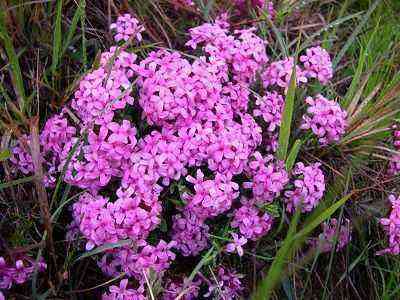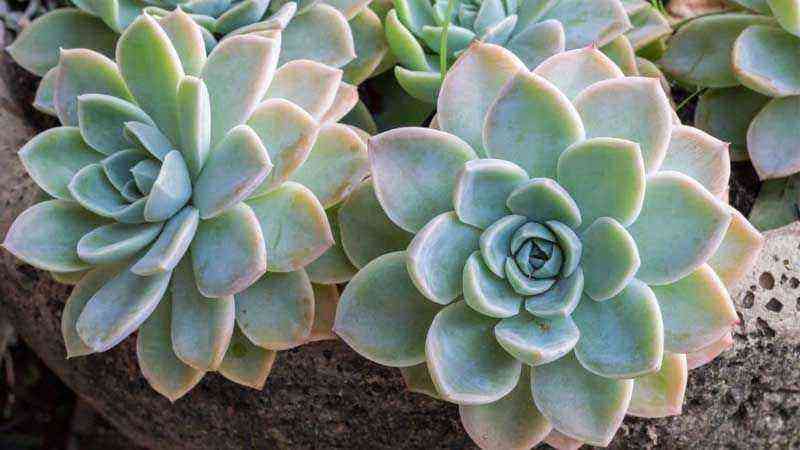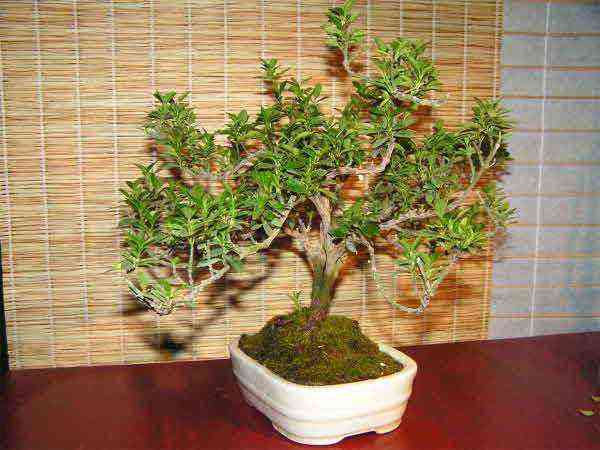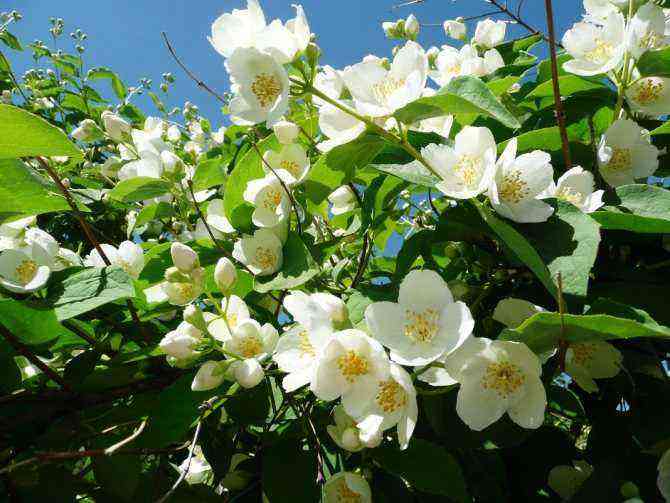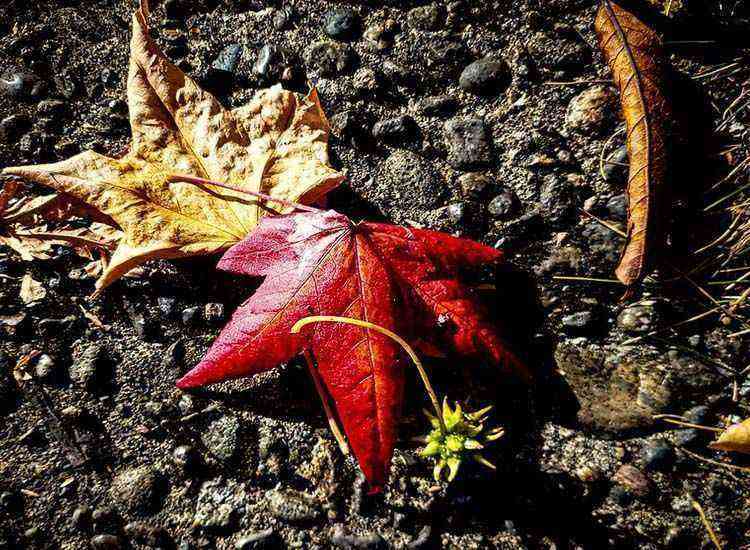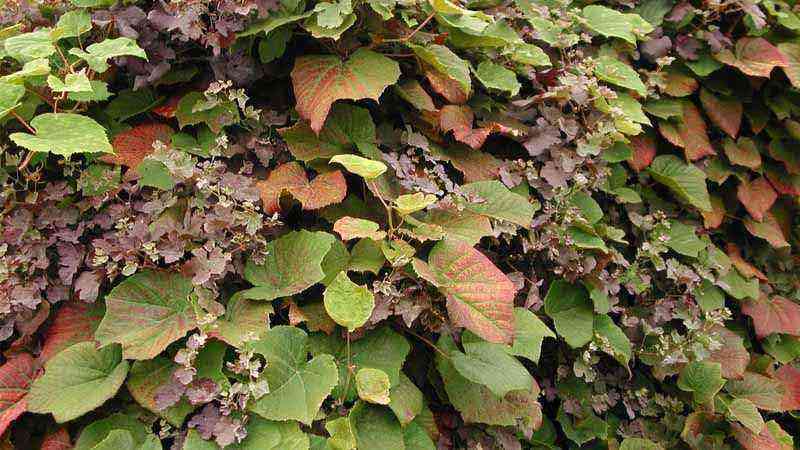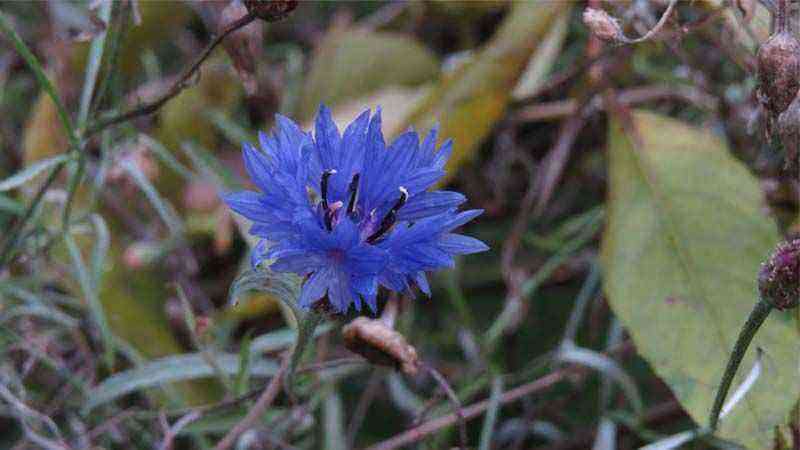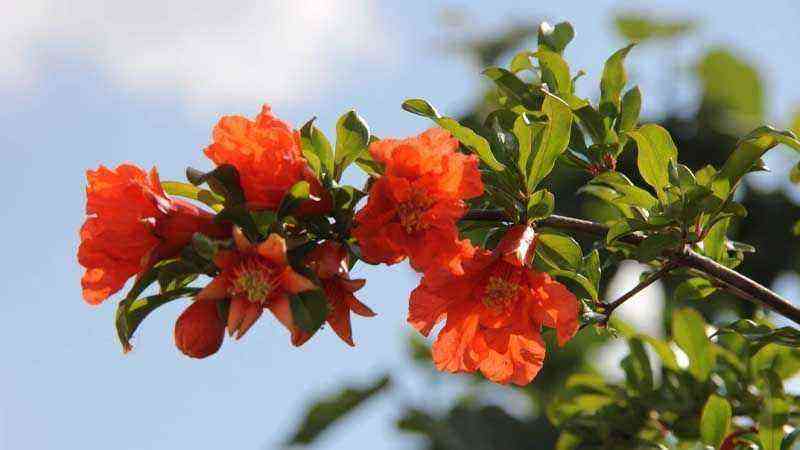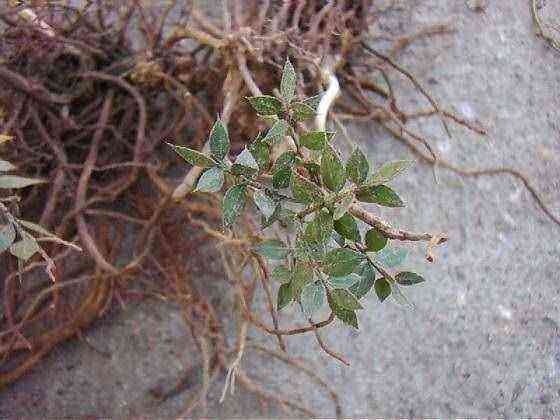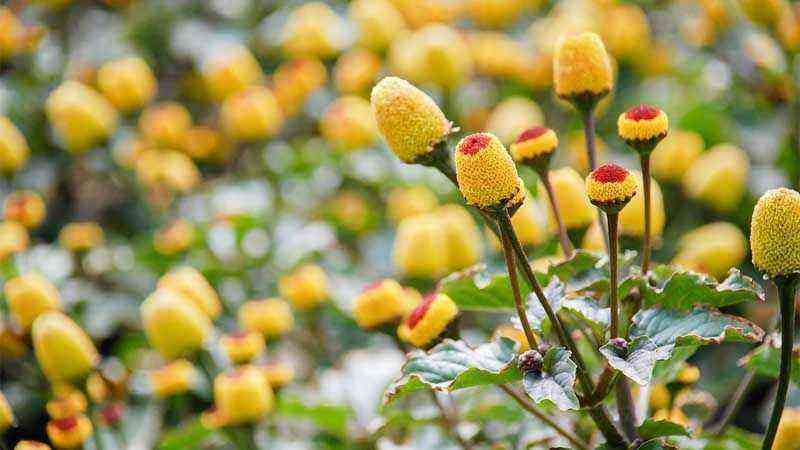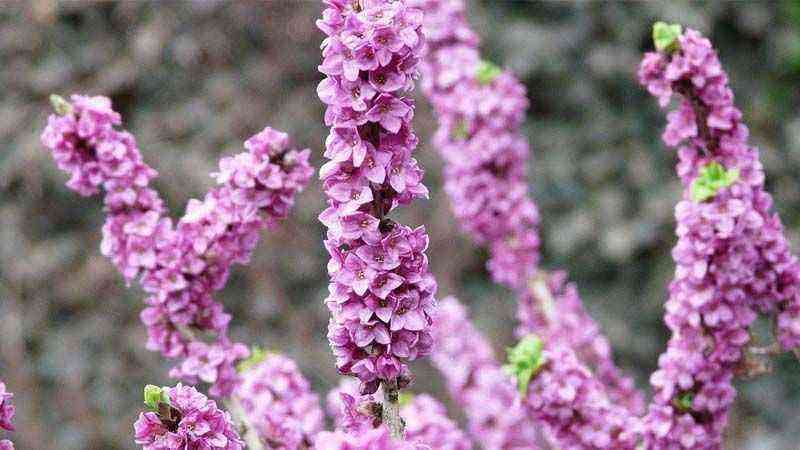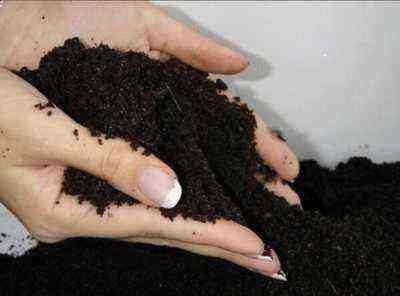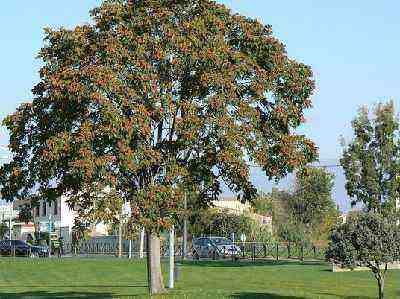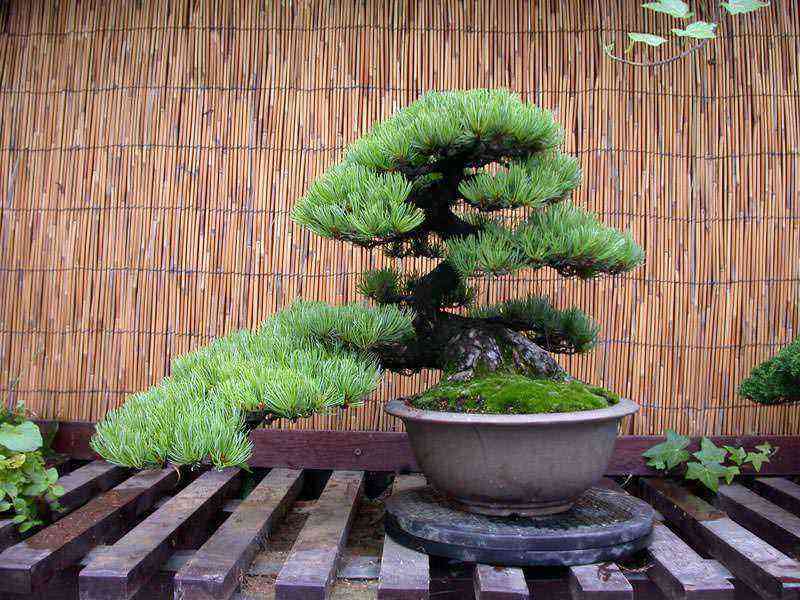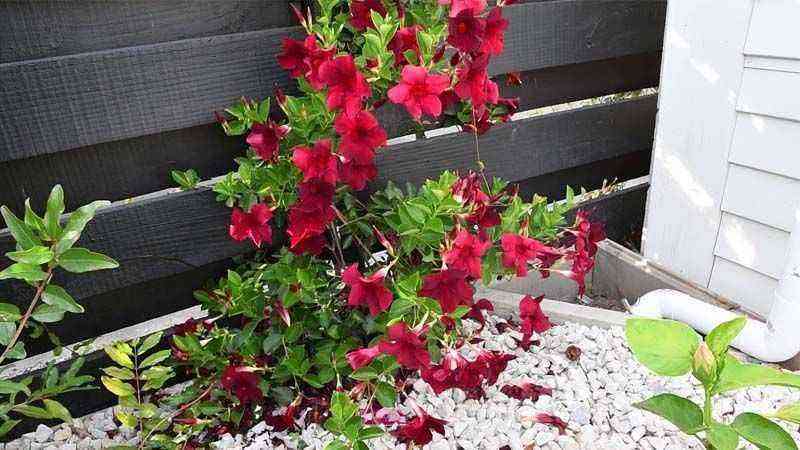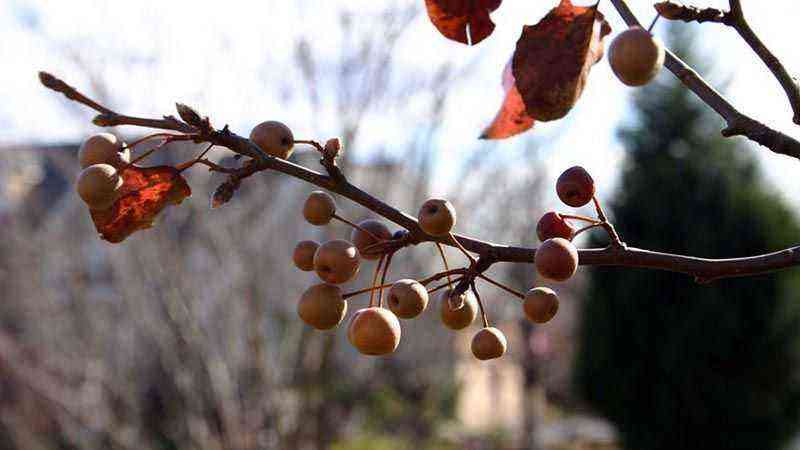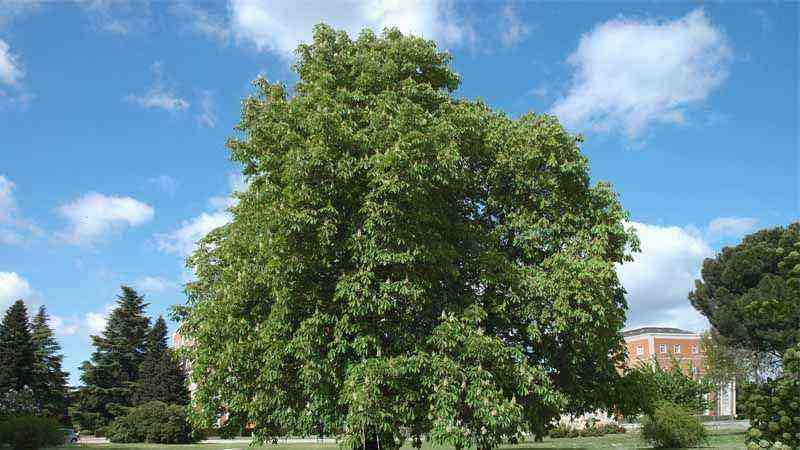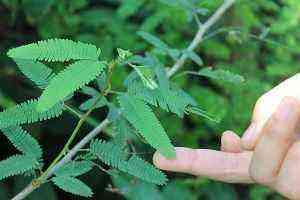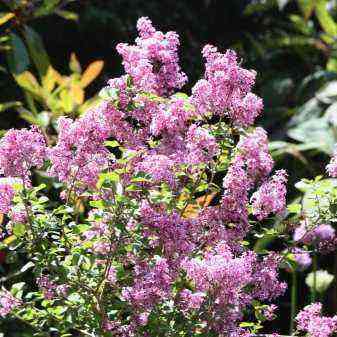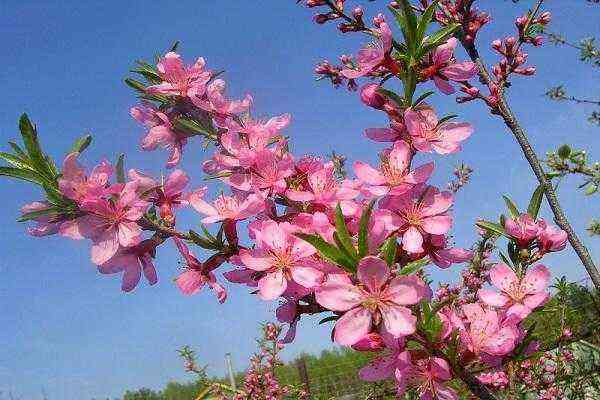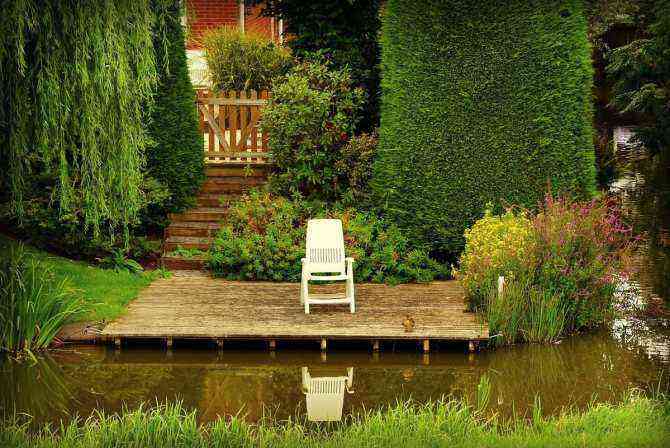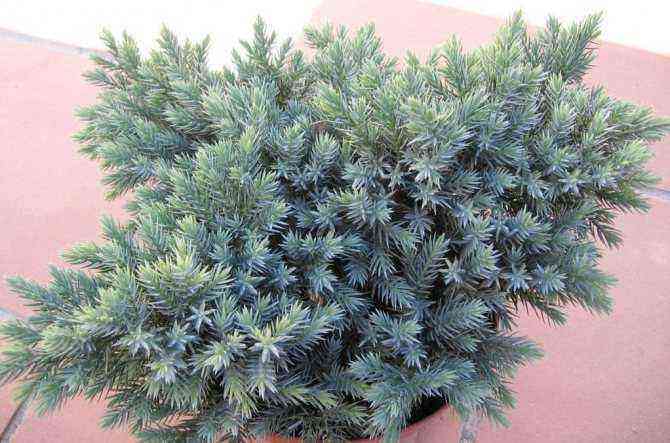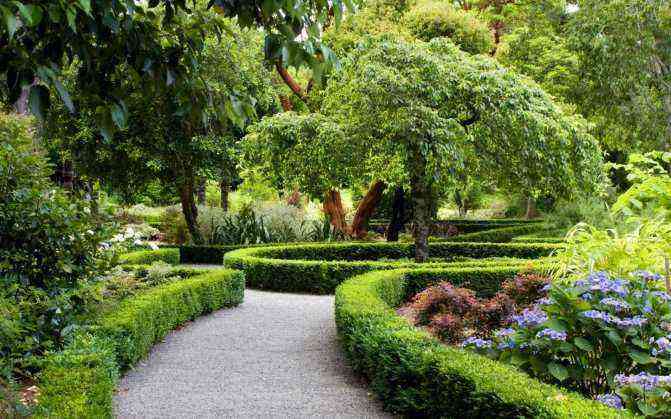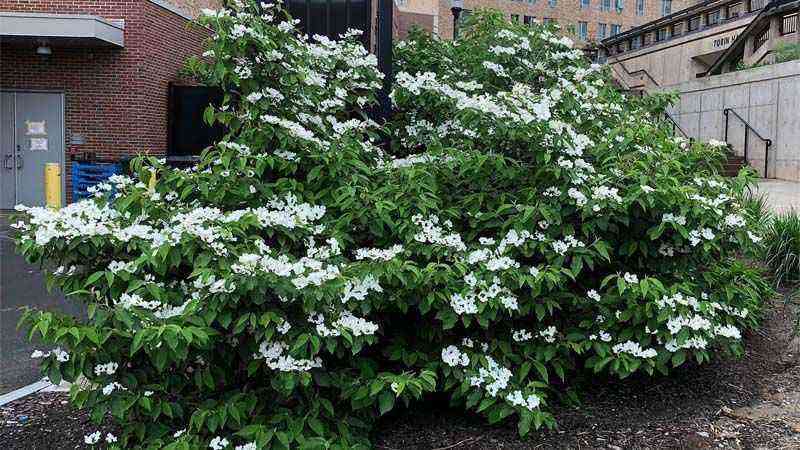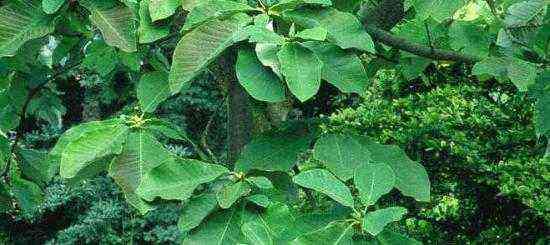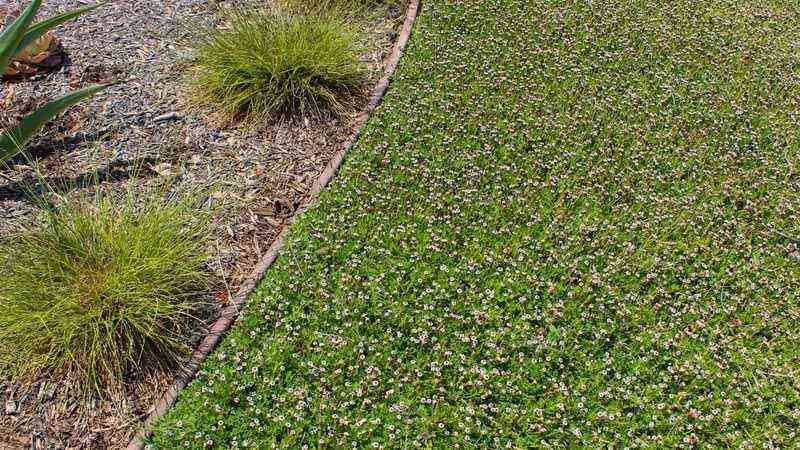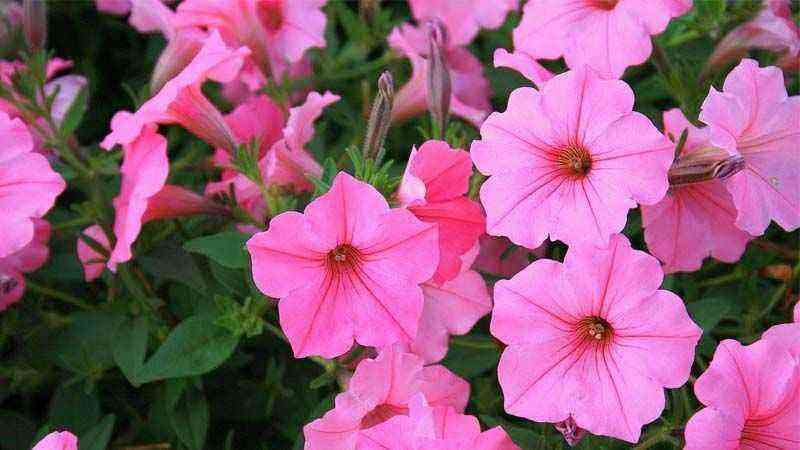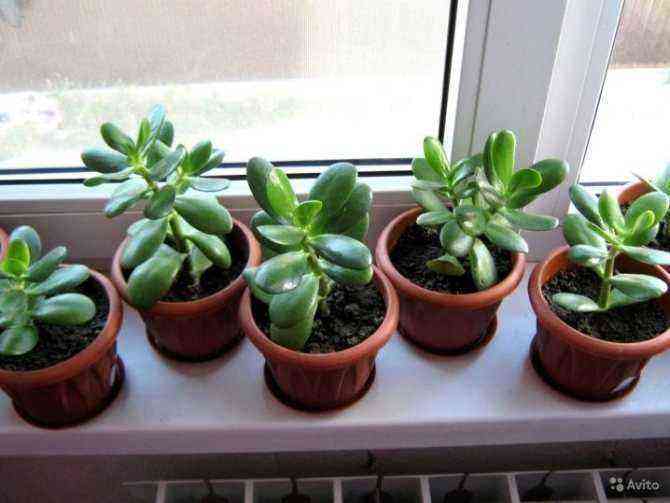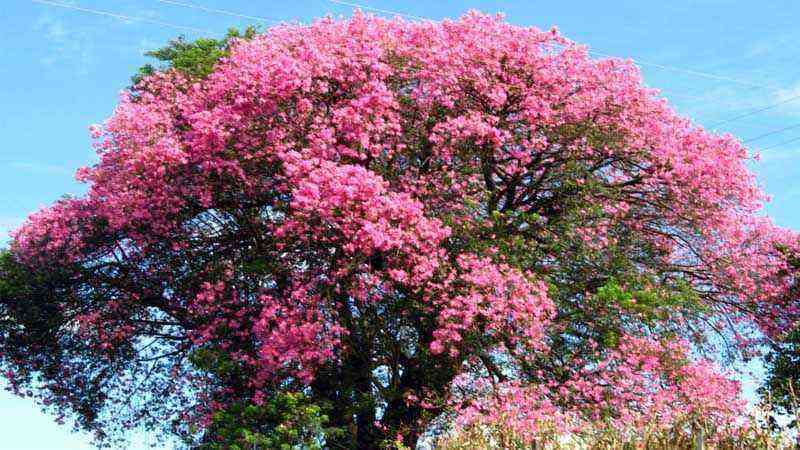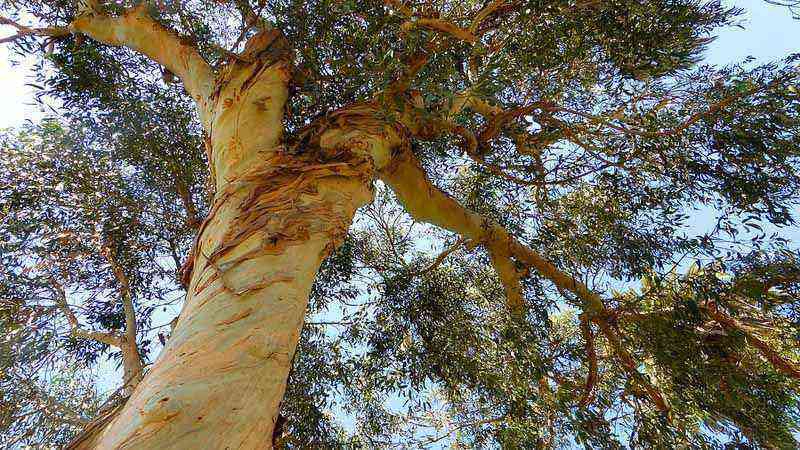We add this curious ornamental plant for the garden. It has a shrubby character and will fill in flower beds or sunny garden beds very well. The name of the species Genista tinctoria alludes to its use for the extraction of a natural yellow dye used in the Middle Ages. Currently this feature has been forgotten. So today we recover a little the memory of this golden yellow flowering shrub.
Origin and characteristics of Genista tinctoria
Its origin is somewhat diffuse between western Asia and eastern Europe. In any case, it spread rapidly through the European temperate forests and the Mediterranean area. In the middle Ages its use and consequently its cultivation for dyes spread, specifically the yellow of its abundant flowers. It is a perennial shrubby plant, a family of Fabaceae that has a high ornamental value as a bushy massif.
In full bloom (spring and summer), the flower clusters dress the entire massif in strong yellow, almost golden, very similar to that of the sunflower petals in intensity. The flowers are bilabiated and flared, forming the aforementioned racemes. It is commonly called broom dyeing, broom dye or hiniesta de los dintoreros. At the end of flowering, fruiting gives pods very similar to those of the pea, although not edible.
Doubtful medicinal use
Formerly, in addition to serving as a dye, it was attributed medicinal properties of which references can still be found today. In any case, its toxicity is already known and its use for medicinal purposes is not recommended in any way, not even topically. You can find articles on the internet in which you can find references of infusions of Genista tinctoria.
From Agromática, we do not advise its use given the controversy that exists regarding its toxicity. It has never been considered by the scientific community as a plant with medicinal properties.
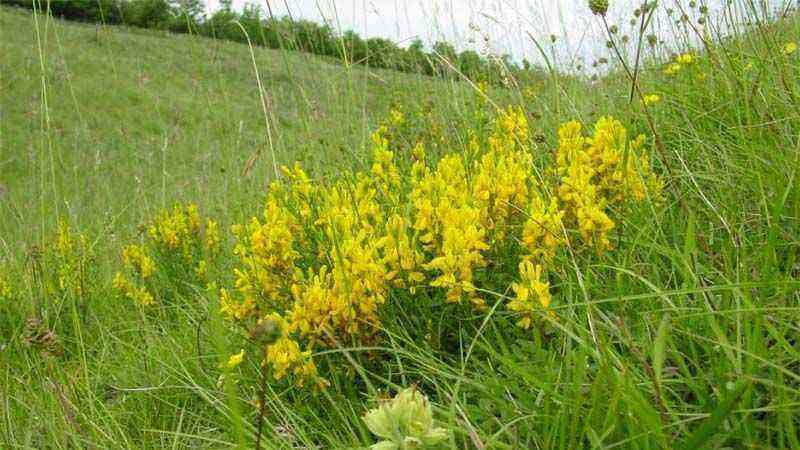

How to cultivate Genista tinctoria in the garden
Although some of its active ingredients are toxic, there is no reason not to grow it in the garden. Its ornamental characteristics prevail.
Temperatures and exposure
It is a feral plant that supports very well low temperatures during winter. Frosts down to -20 ºC will not affect its plant structure. So we don’t have to worry about winters in cold areas. It can be an option to take into account for mountain gardens.
We have to place it in full sun if we want the best results. It is a plant that fits very well in the rockery garden.
Soil and fertilizer
The preferred soil of Genista tinctoria plant must have good drainage and be loose, fresh and moderately fertile. The Ideal pH so that it is slightly alkaline. To achieve the required state of the soil, it is recommended to do some work to loosen the soil and make a small contribution of compost, so that we improve drainage and enrich the soil.
In any case, being a legume species, it has the peculiarity of fix nitrogen in the soil so it is a plant that will carry this important macronutrient in the garden. Compost or other organic matter or fertilizer applications should be applied in early spring.
Pruning and watering
Pruning is recommended after flowering to control and limit growth to our liking. Watering should be moderate. Withstands drought but is not a rosemary. Moderate watering in the garden will be appreciated.
Varieties of Genista tinctoria
Although it seems feral, its management as a plant dedicated to obtaining the dye and ornamental, has originated some varieties selected for this ornamental purpose.
There are of a more orangey yellow almost golden (Royal Gold) and other varieties with a minor growth so that the shrub does not disintegrate in its growth and is more compact within a flower bed.

